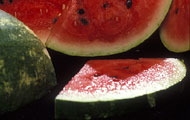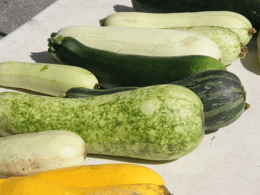 Recommendations for canning summer squashes, including zucchini, that appeared in former editions of So Easy to Preserve or USDA bulletins have been withdrawn due to uncertainty about the determination of processing times.
Recommendations for canning summer squashes, including zucchini, that appeared in former editions of So Easy to Preserve or USDA bulletins have been withdrawn due to uncertainty about the determination of processing times.
Squashes are low-acid vegetables and require pressure canning for a known period of time that will destroy the bacteria that cause botulism. Documentation for the previous processing times cannot be found, and reports that are available do not support the old process. Slices or cubes of cooked summer squash will get quite soft and pack tightly into the jars. The amount of squash filled into a jar will affect the heating pattern in that jar. It is best to freeze summer squashes or pickle them for canning, but they may also be dried.
Source: National Center for Home Food Preservation
Try this Summer Squash Relish! It’s tasty!
Photo: University of Nebraska
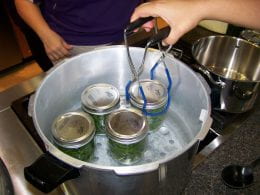
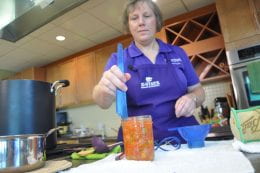
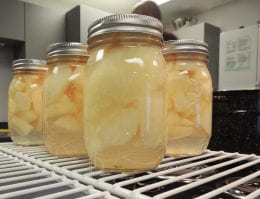
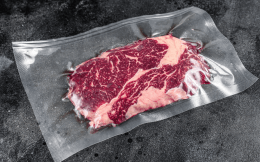
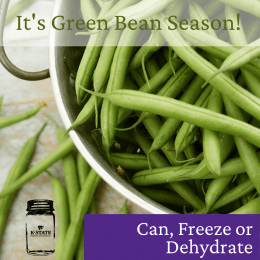 The short answer is…no. Here’s why.
The short answer is…no. Here’s why.